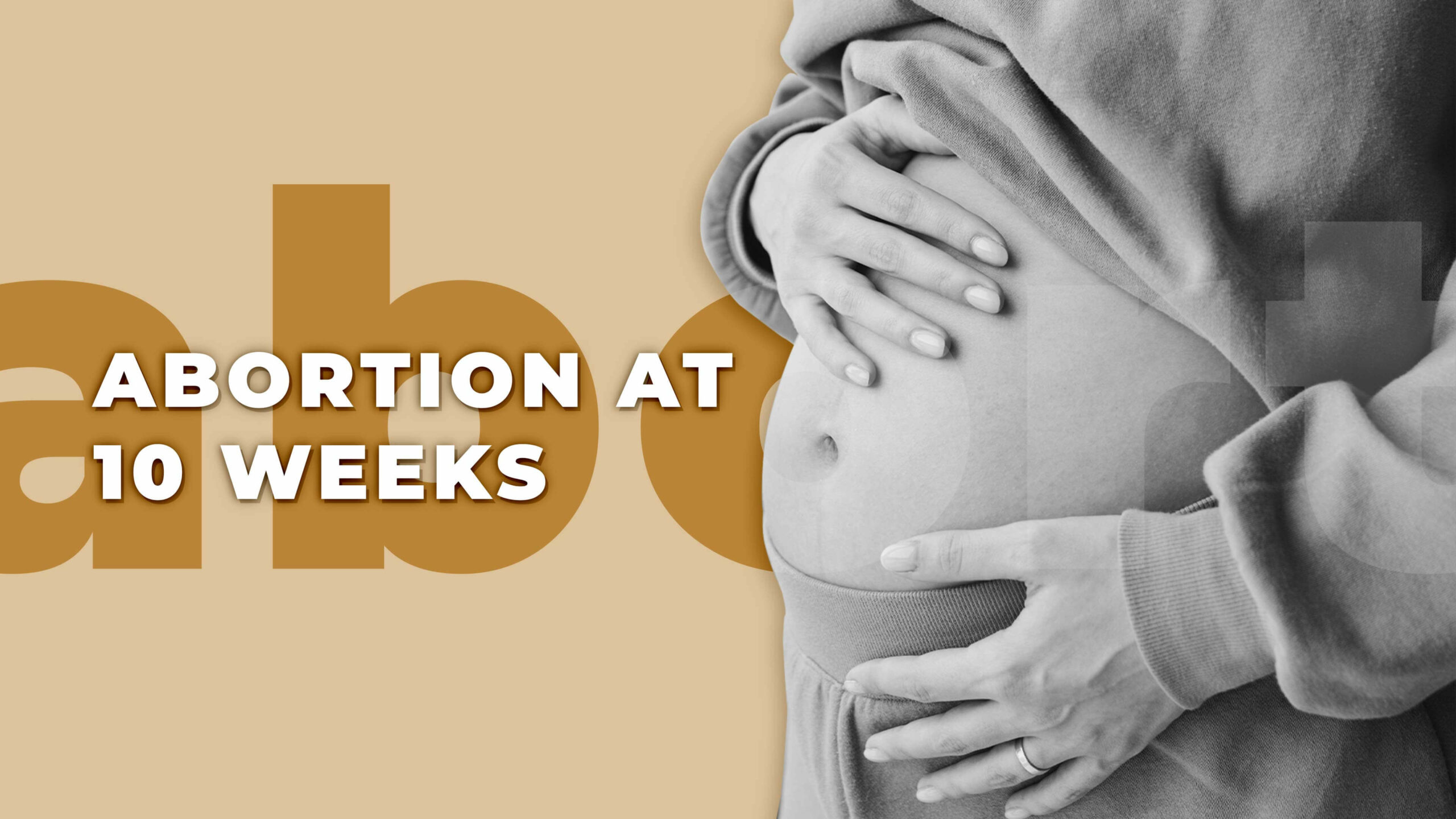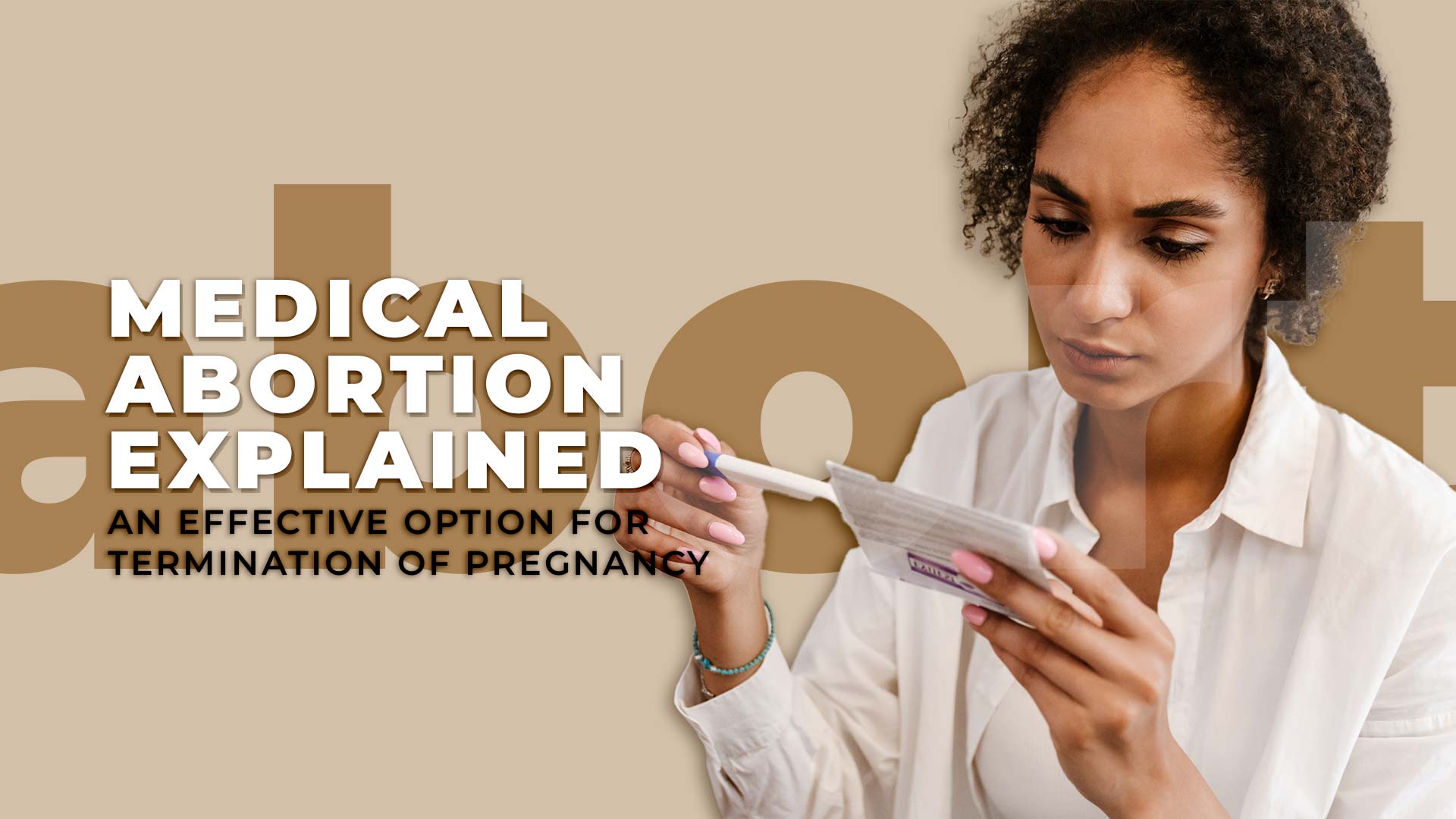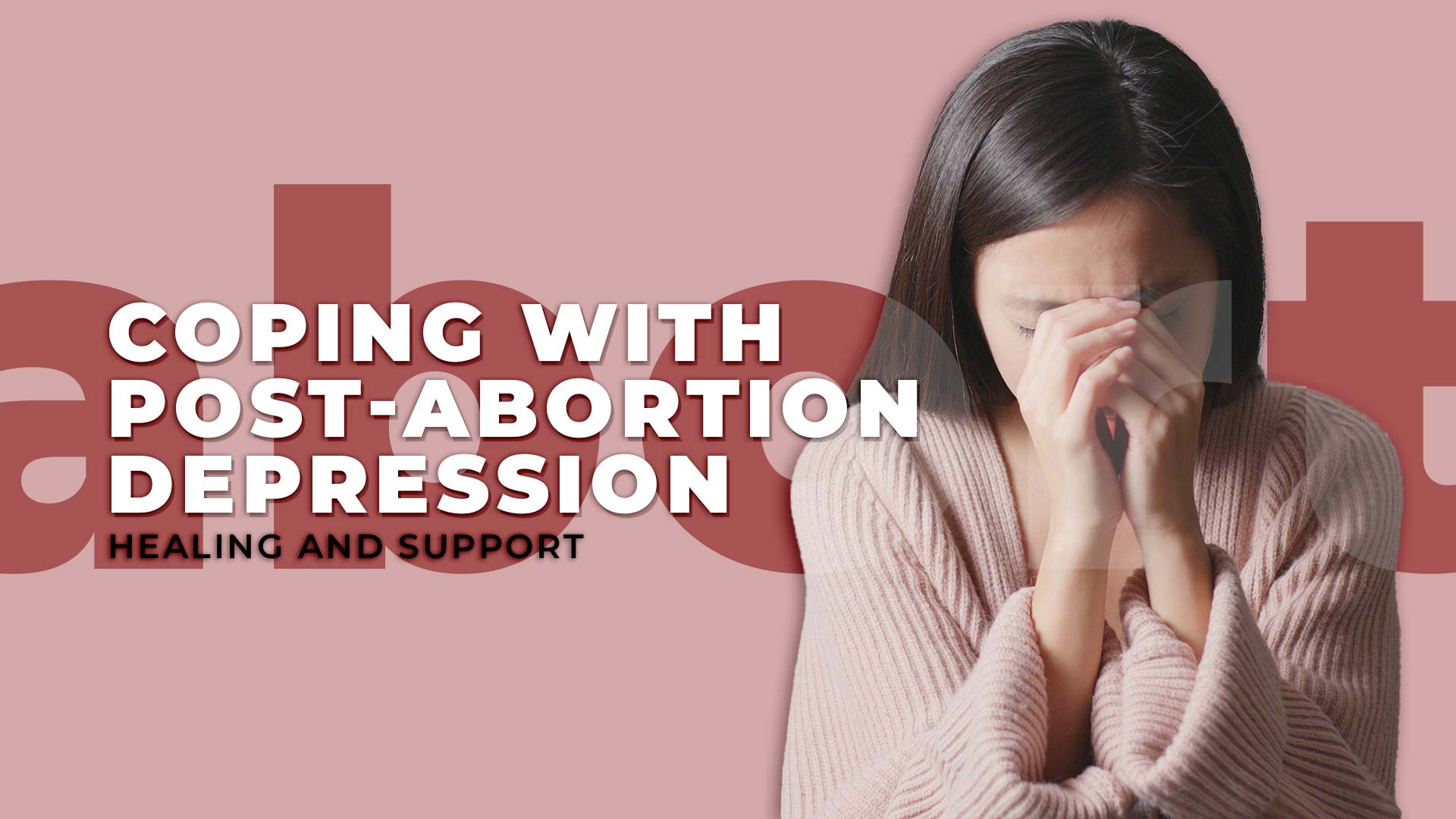Abortion refers to the termination of a pregnancy before the fetus is able to survive outside of the womb. In the first trimester, which typically lasts from weeks one to twelve of pregnancy, the developing fetus is very small and is not yet viable. This means that, in most cases, terminating a pregnancy during the first trimester is relatively safe and carries fewer risks than later abortions.
What is an Early Abortion?
Abortion within the first trimester is often called an early abortion. It refers to the termination of a pregnancy that is in its early stages, at around 10 weeks from the last menstrual period. Early pregnancy is less than 70 days gestation or up to the 10th week of pregnancy since your last menstrual cycle. Early abortions require less care and follow-up. They are significantly more affordable than later abortions.
Women usually opt for an abortion at 10 weeks. There are several reasons why a woman might choose to have an abortion at 10 weeks. These can include financial or personal circumstances, health concerns for the mother or the fetus, or a lack of support from the father or other family members. One of the main reasons why women choose to have an abortion during the first trimester is that it is typically easier and less invasive than later abortions. Many women opt for a medication abortion, which involves taking a combination of drugs to end the pregnancy. This option is typically available up to 10 weeks after the last menstrual period.
Methods of Abortion
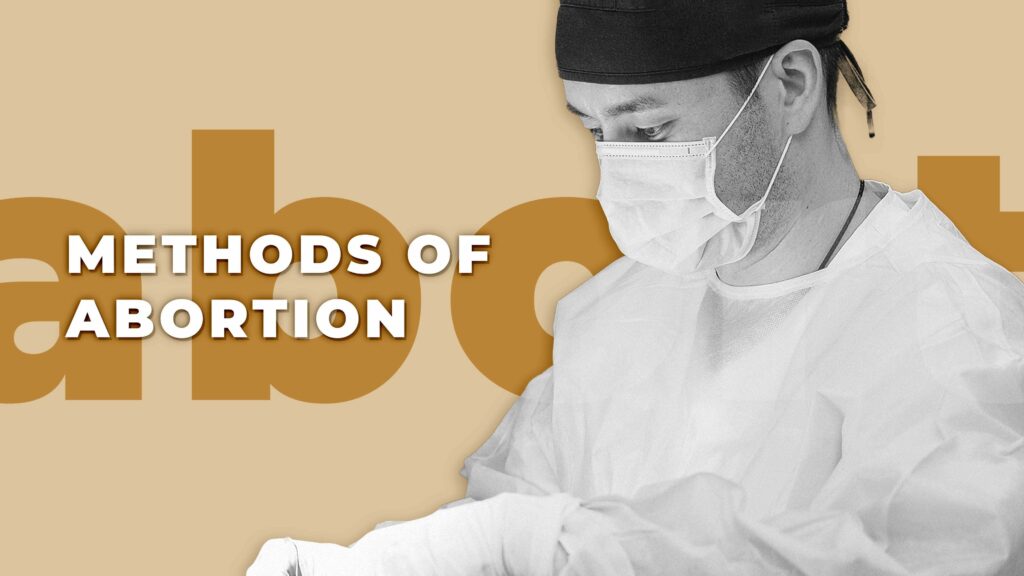
There are two main methods for abortion at 10 weeks: medical and surgical. Medical abortion involves the use of medication to end the pregnancy, while surgical abortion involves a procedure to remove the fetus from the uterus.
Medical Abortion
Medical abortion is typically less invasive and has fewer risks than surgical abortion. It can be done in a clinic or at home. Any typical abortion kit like the MTP Kit involves taking two medications: mifepristone and misoprostol. Mifepristone stops the fetus from growing. It works by obstructing the activity of progesterone, a female hormone responsible for aiding your pregnancy and inducing contractions. Misoprostol helps reduce the risk of excessive bleeding and protects your stomach lining by lowering the acid level. It softens the cervix, which aids the uterus in pushing out the pregnancy tissue. This helps in curbing an early pregnancy.
Surgical Abortion
Surgical abortion, on the other hand, is a more invasive procedure that is typically done in a clinic or hospital. There are several types of surgical abortions, but the most common at 10 weeks is a suction aspiration, which uses gentle suction to remove the fetus from the uterus.
Both medical and surgical abortion are generally safe procedures, but as with any medical procedure, there are risks involved. These can include infection, bleeding, and damage to the uterus or cervix. In rare cases, abortion can also lead to complications such as infertility or even death.
It is important for a woman considering abortion at 10 weeks to weigh the risks and benefits carefully and to discuss her options with a healthcare provider. She should also consider the potential emotional impact of the decision and seek support from friends, family, or a counselor if needed.
What To Expect After An Abortion?
If you have opted for a surgical option, you will not likely require other tests appointments. However, if you have a medical abortion at home, you may need to visit your doctor after 7-14 days of the abortion to make sure the pregnancy has been successfully terminated.
Medical abortion may come with short-lived side effects from the medicines, such as diarrhea and feeling sick. Surgical abortion may also cause some side effects due to the general anesthetic and sedation medicines.
For all types of abortion, it’s likely you’ll have some stomach cramps and vaginal bleeding. Bleeding usually lasts a week or two. Sometimes light vaginal bleeding after a medical abortion can last up to a month.
Care After Abortion

Your doctor might recommend taking pain medicine like ibuprofen about 30 minutes before you take the second medicine, misoprostol, to help with pain and discomfort, as it does not interact with the pill. It may provide some pain relief. Massaging the area could also be helpful. Healthcare providers might recommend using a sanitary napkin instead of a tampon to reduce the risk of infections. Avoid strenuous activities and vaginal sex until the bleeding stops. You can usually return to normal activities as soon as you feel comfortable, including having a bath or shower, using tampons, exercising (including swimming), and heavy lifting.
Risks of Having an Abortion at 10 weeks
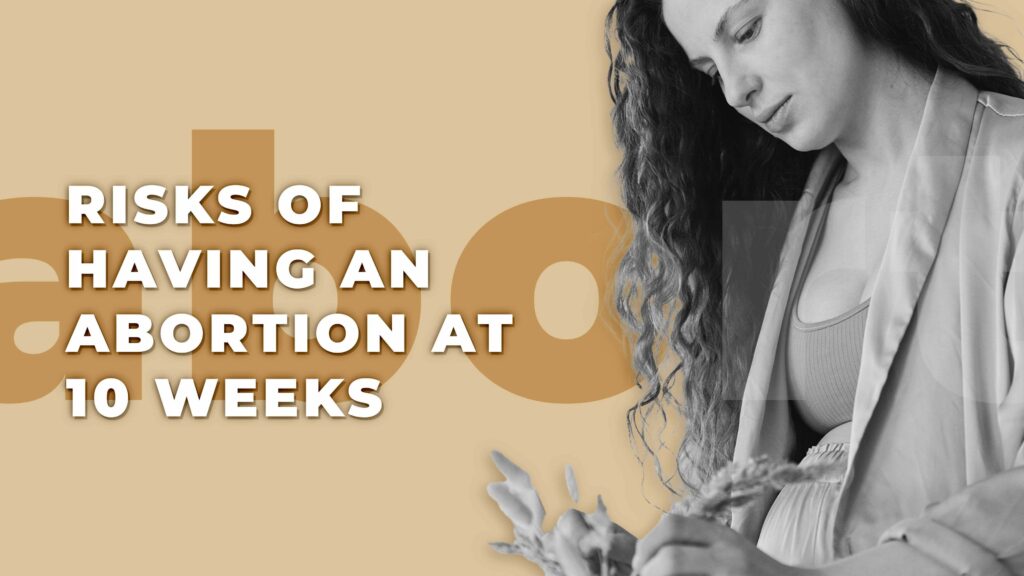
While abortions at 10 weeks are generally safe, they carry some risks. The most common risks include infection, bleeding, and damage to the cervix or uterus. In rare cases, complications from an abortion can lead to more serious health issues, such as damage to the reproductive system or even death. It is important for women to discuss the potential risks with their healthcare provider before deciding to have an abortion.
Despite the risks, first-trimester abortions remain a safe option for women who want to terminate their pregnancies. Many women find that having an abortion allows them to better plan for their future and make decisions about their reproductive health. It is important for women to have access to safe and legal abortion services to make informed decisions about their health and well-being.
Abortion and Fertility Issues
There is a common misconception that abortion causes fertility issues. However, this is not the case. Having an abortion will not affect your fertility or your chances of conceiving in the future. Your normal cycle will resume within four to six weeks, and your first period might be irregular or heavier than usual. Abortion does not affect your chances of getting pregnant unless they were severe complications during the procedure.
When to Get Medical Help?
It is important to have a follow-up appointment with your doctor after 7-14 days of taking the abortion pill. This is necessary to check if the pill was effective and if your pregnancy has been successfully terminated. If your tissues haven’t been passed out completely or you’re still pregnant, you might require additional medication or a small surgical procedure to complete your abortion.
After having an abortion, there are a few early signs that can indicate you have contracted an infection. You should be aware of these to notice the signs early on. This helps to prevent the risk of any infections. If you notice any of these, contact your doctor immediately.
- High Fever
- Smelly or foul discharge
- Abdominal pain or tenderness
- Bleeding more than expected
- Nausea or vomiting
- Diarrhea
Birth Control Options
Here are some birth control options to help you lead a stress-free sex life. All these are reversible options and do not have an effect on your fertility. Do your research and talk to a doctor about your best option.
- Birth control pills
- IUD
- Birth control rings
- Male and female condoms
- Diaphragm
- Patches
- Implants
- Emergency contraceptives
The Bottom Line
Abortion at 10 weeks is a personal and complex decision that should not be made lightly. It is important for women to thoroughly educate themselves about the risks and benefits of both medical and surgical abortion and to seek support from loved ones and healthcare providers.
References
- Chen MJ, Creinin MD. Mifepristone With Buccal Misoprostol for Medical Abortion: A Systematic Review. Obstet Gynecol. 2015 Jul;126(1):12-21. doi: 10.1097/AOG.0000000000000897. PMID: 26241251.https://journals.lww.com/greenjournal/Abstract/2015/07000/Mifepristone_With_Buccal_Misoprostol_for_Medical.4.aspx
- Carbonell JL, Varela L, Velazco A, Tanda R, Sánchez C. Vaginal misoprostol for abortion at 10-13 weeks’ gestation. Eur J Contracept Reprod Health Care. 1999 Mar;4(1):35-40. doi: 10.3109/13625189909043478. PMID: 10367194. https://www.tandfonline.com/doi/abs/10.3109/13625189909043478
- National Guideline Alliance (UK). Medical versus surgical abortion between 13+0 and 24+0 weeks’ gestation: Abortion care: Evidence review K. London: National Institute for Health and Care Excellence (NICE); 2019 Sep. PMID: 32813477. https://pubmed.ncbi.nlm.nih.gov/32813477/
- Reynolds-Wright JJ, Woldetsadik MA, Morroni C, Cameron ST. Pain management for medical abortion before 14 weeks’ gestation: A systematic review. Contraception. 2022 Dec;116:4-13. doi: 10.1016/j.contraception.2022.08.005. Epub 2022 Aug 31. PMID: 36055363.https://linkinghub.elsevier.com/retrieve/pii/S0010782422002268
- Bridwell RE, Long B, Montrief T, Gottlieb M. Post-abortion Complications: A Narrative Review for Emergency Clinicians. West J Emerg Med. 2022 Oct 23;23(6):919-925. doi: 10.5811/westjem.2022.8.57929. PMID: 36409940; PMCID: PMC9683756.https://escholarship.org/uc/item/3510435j

